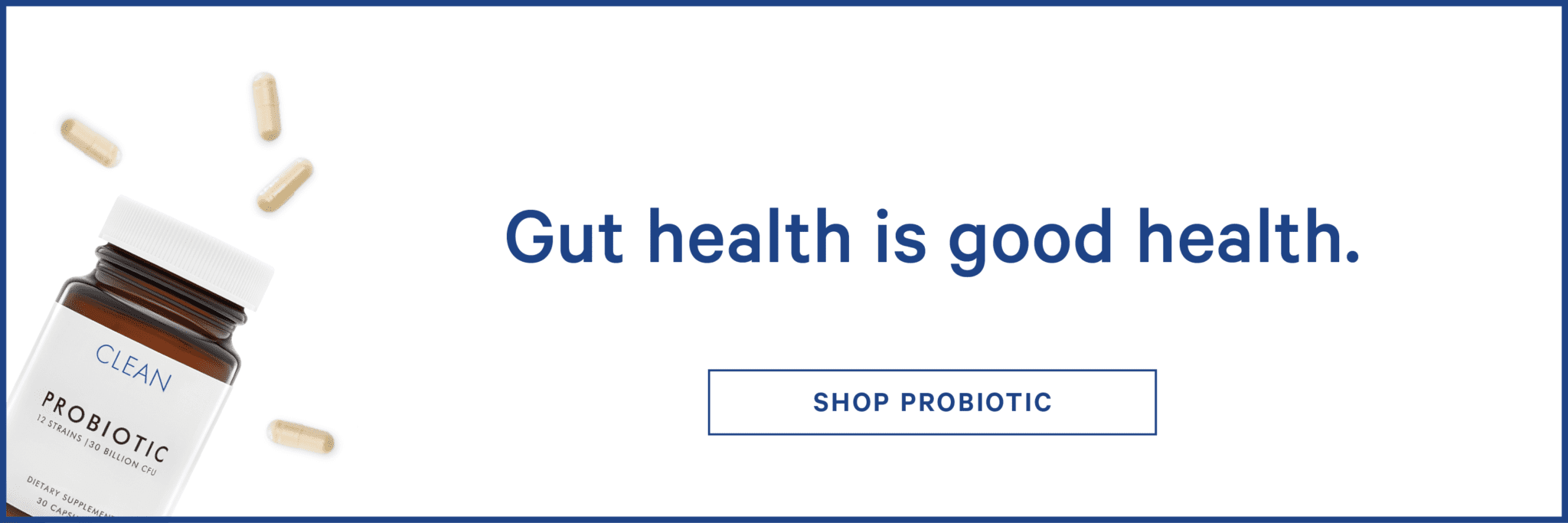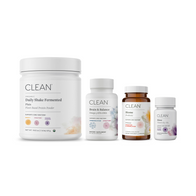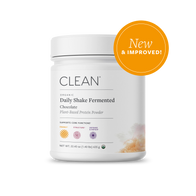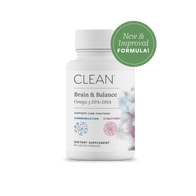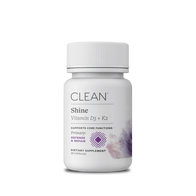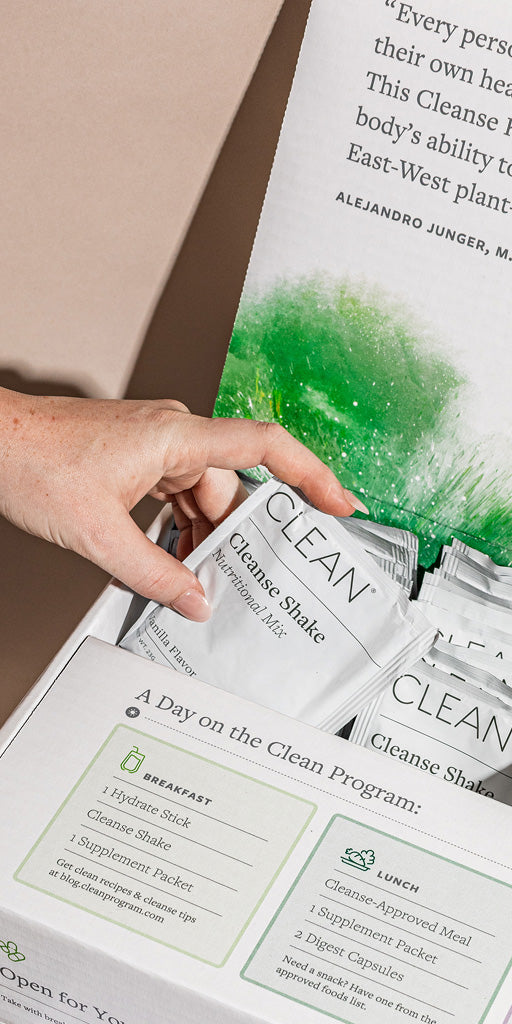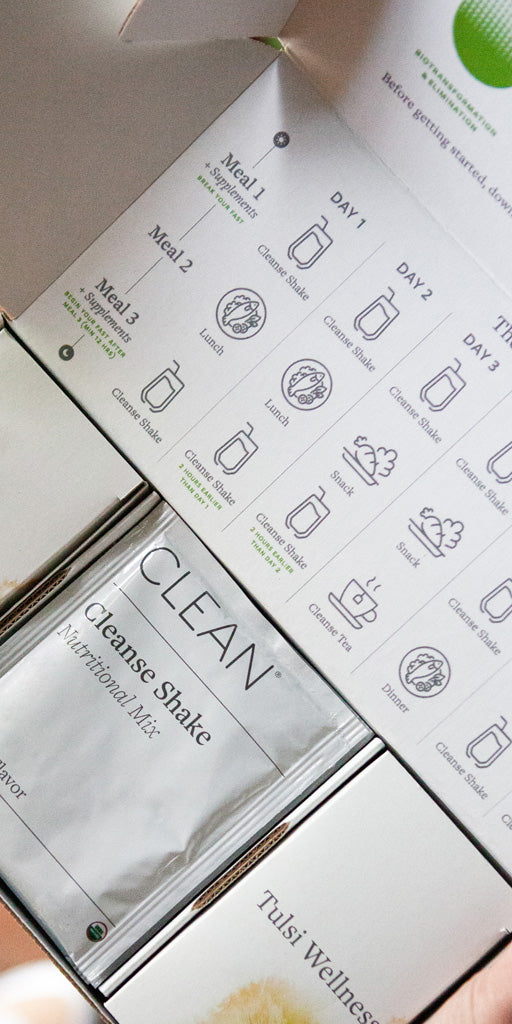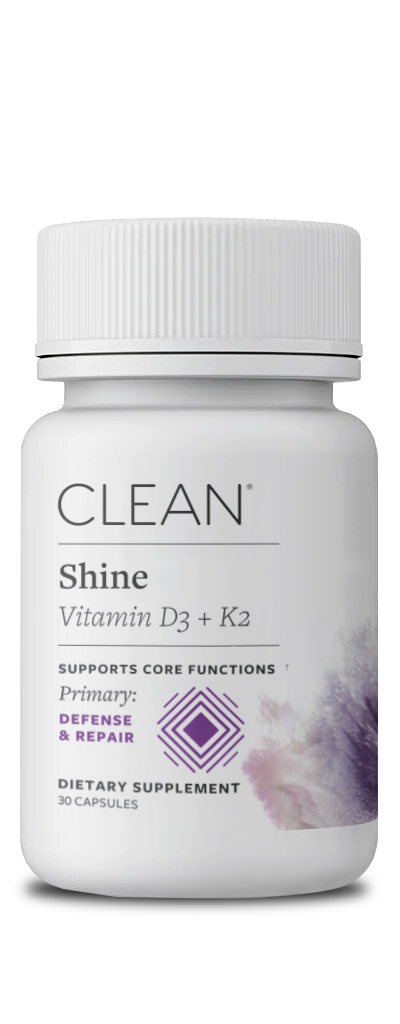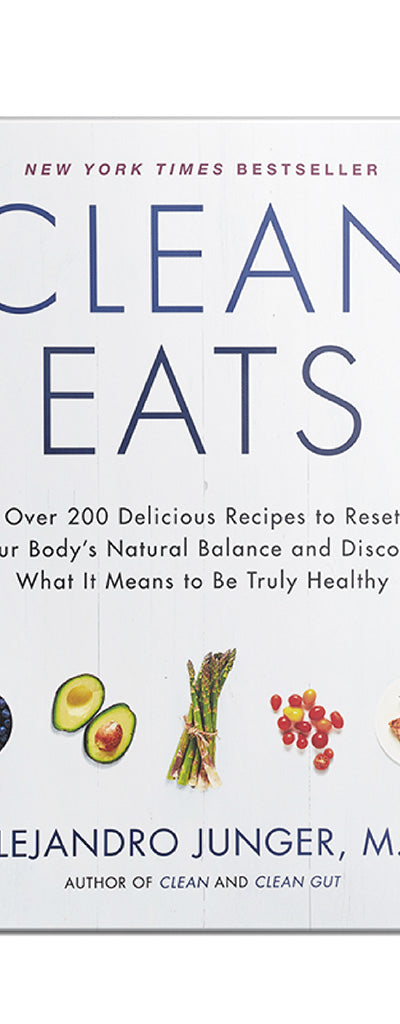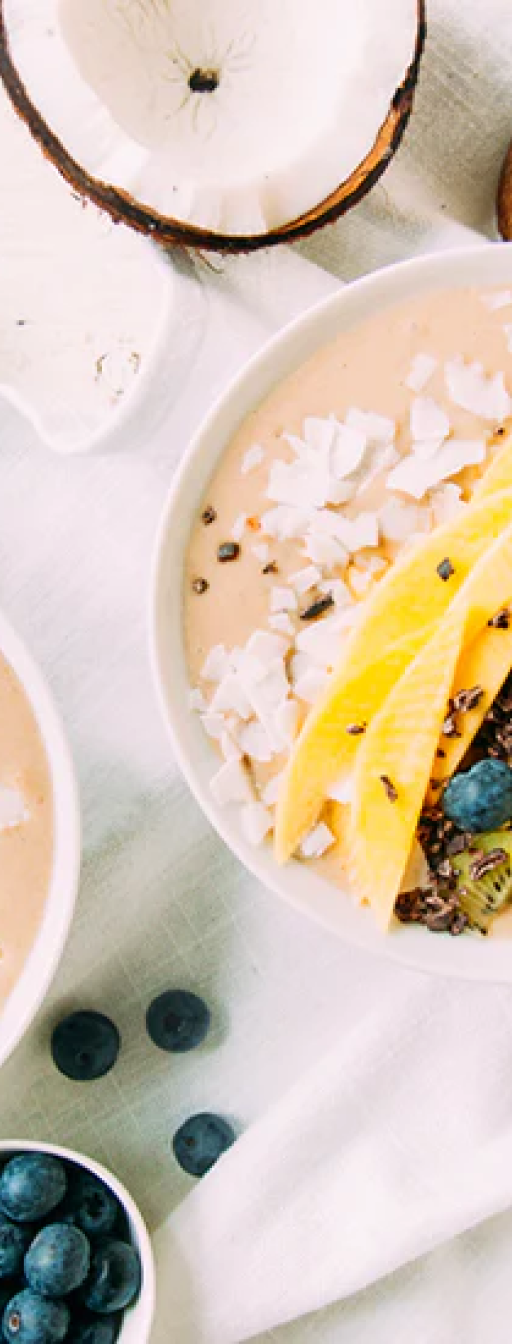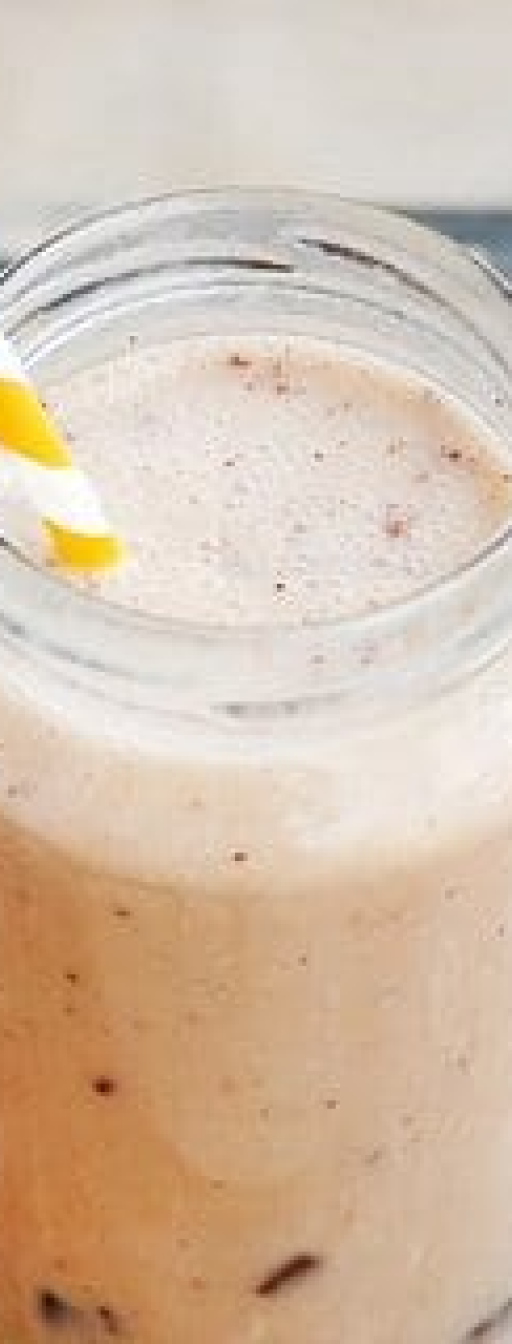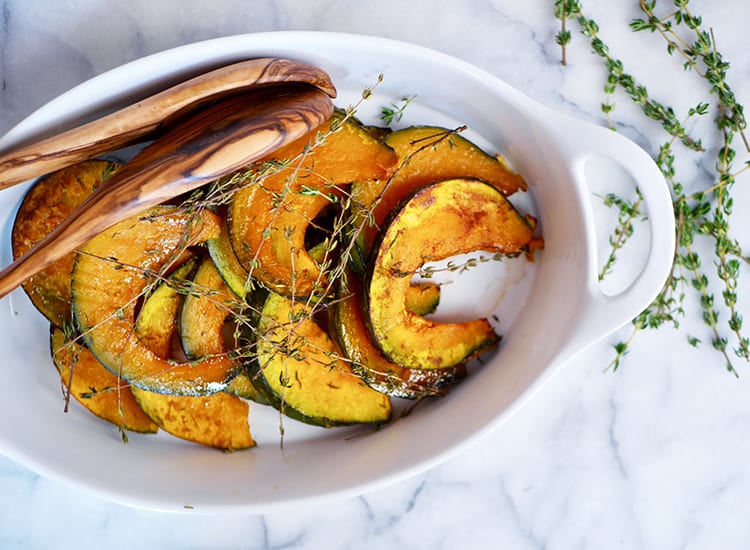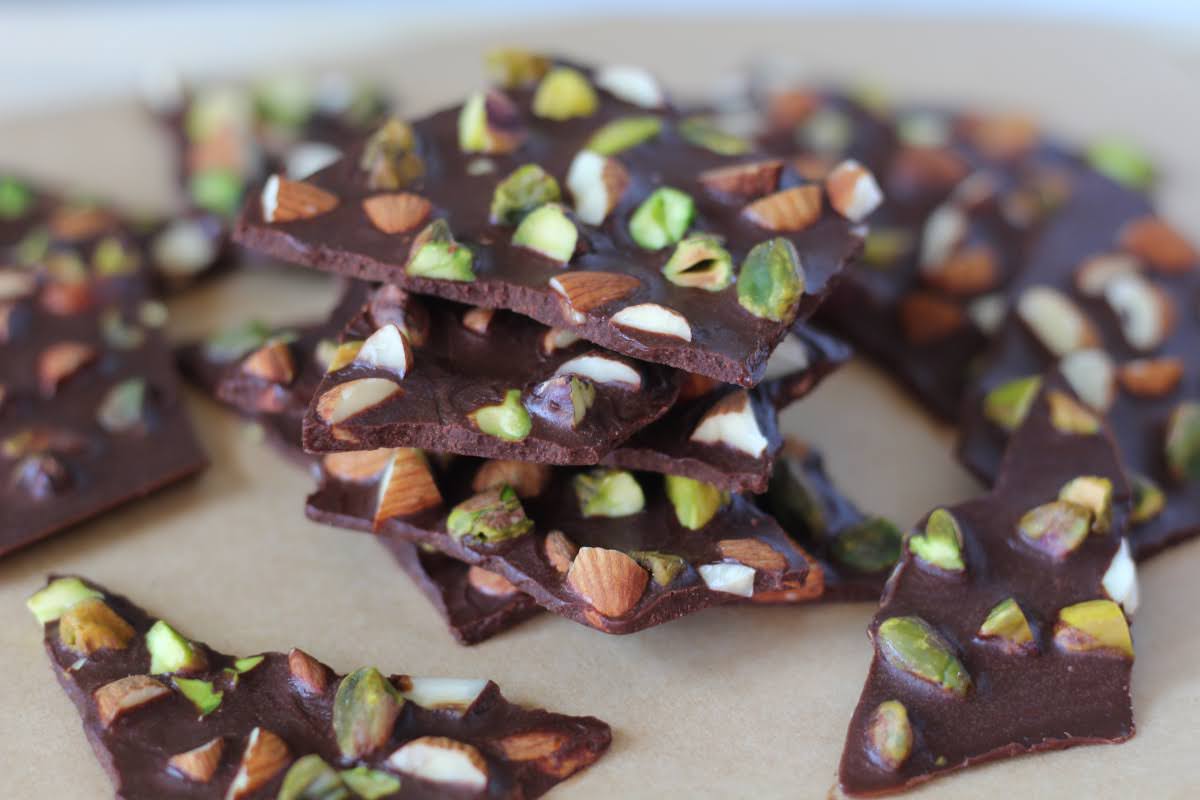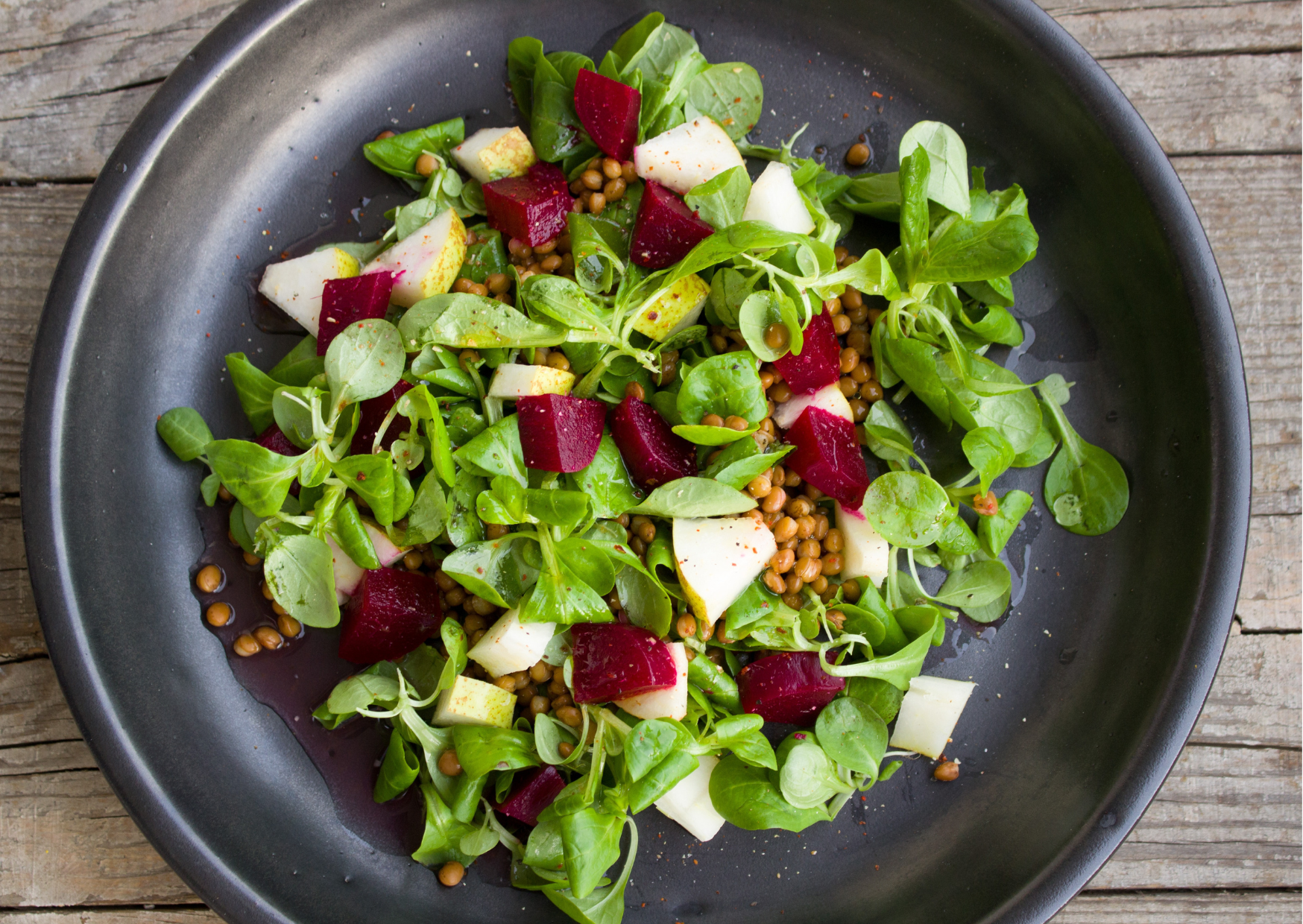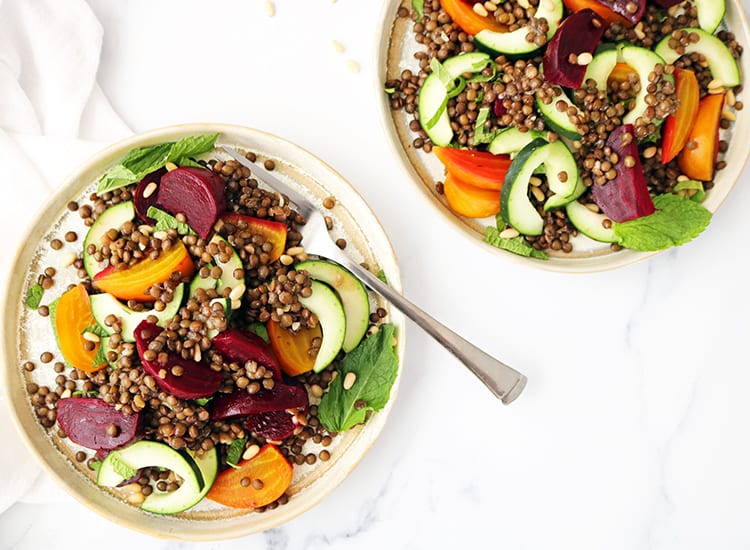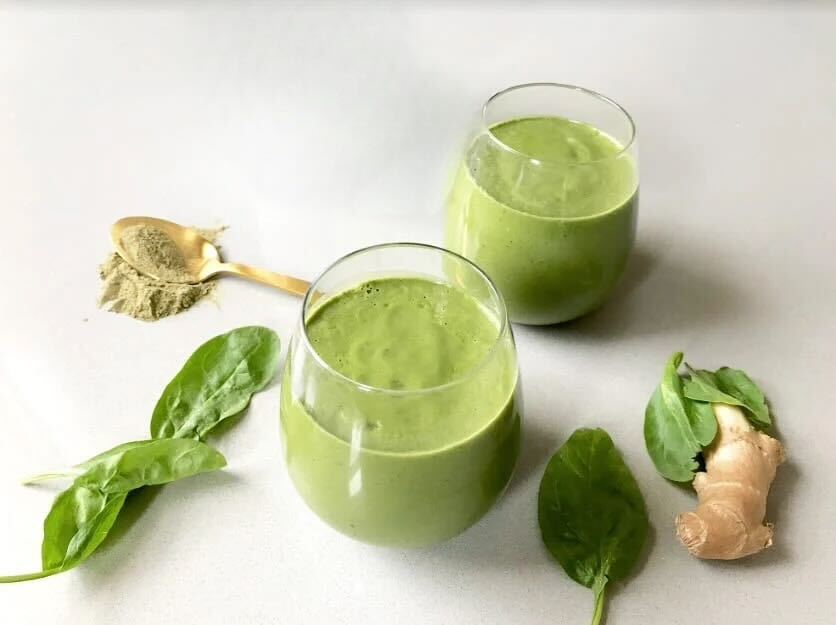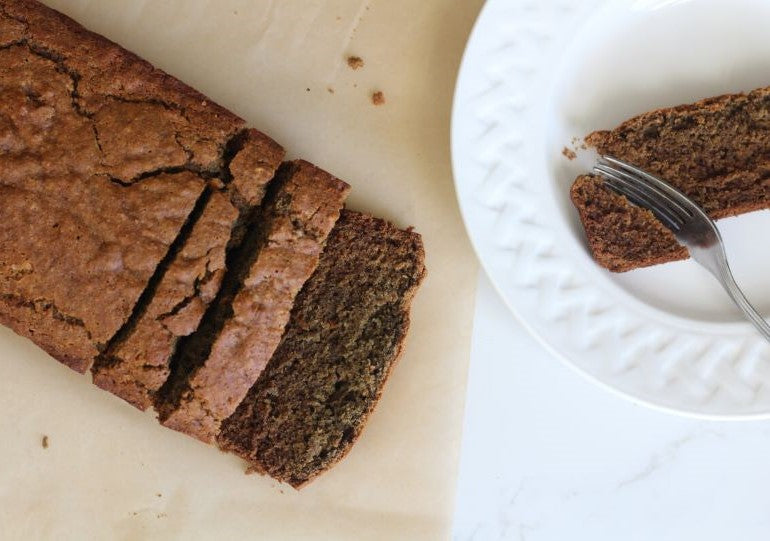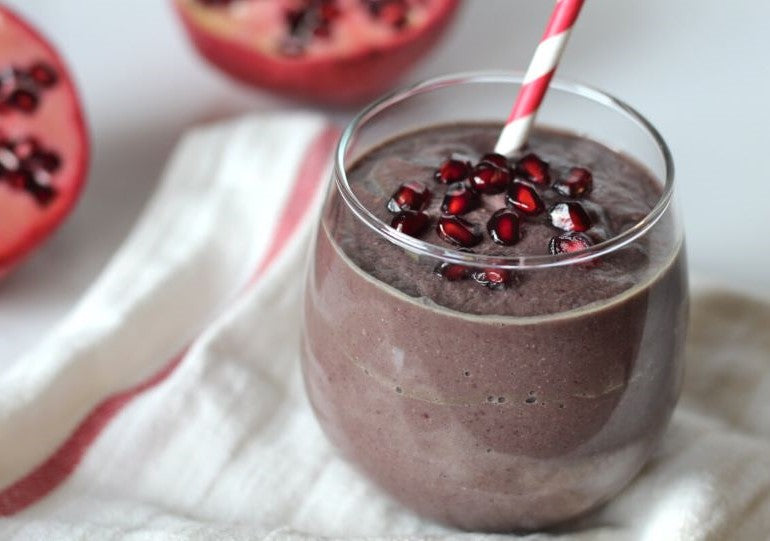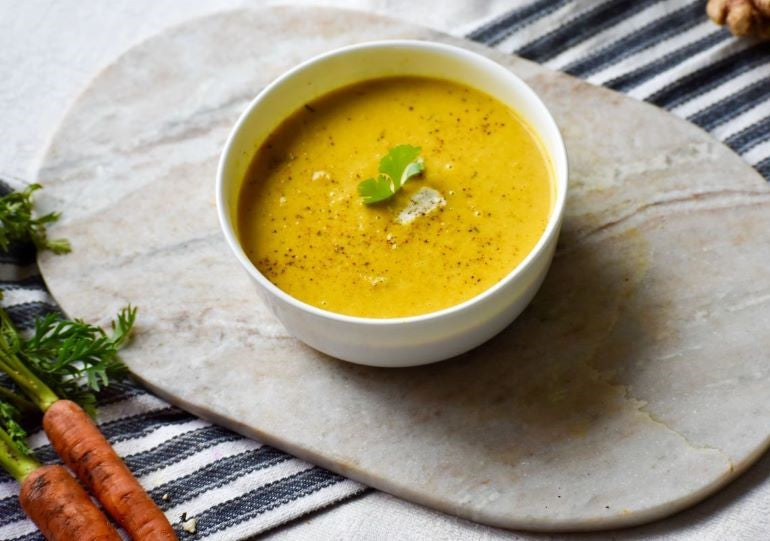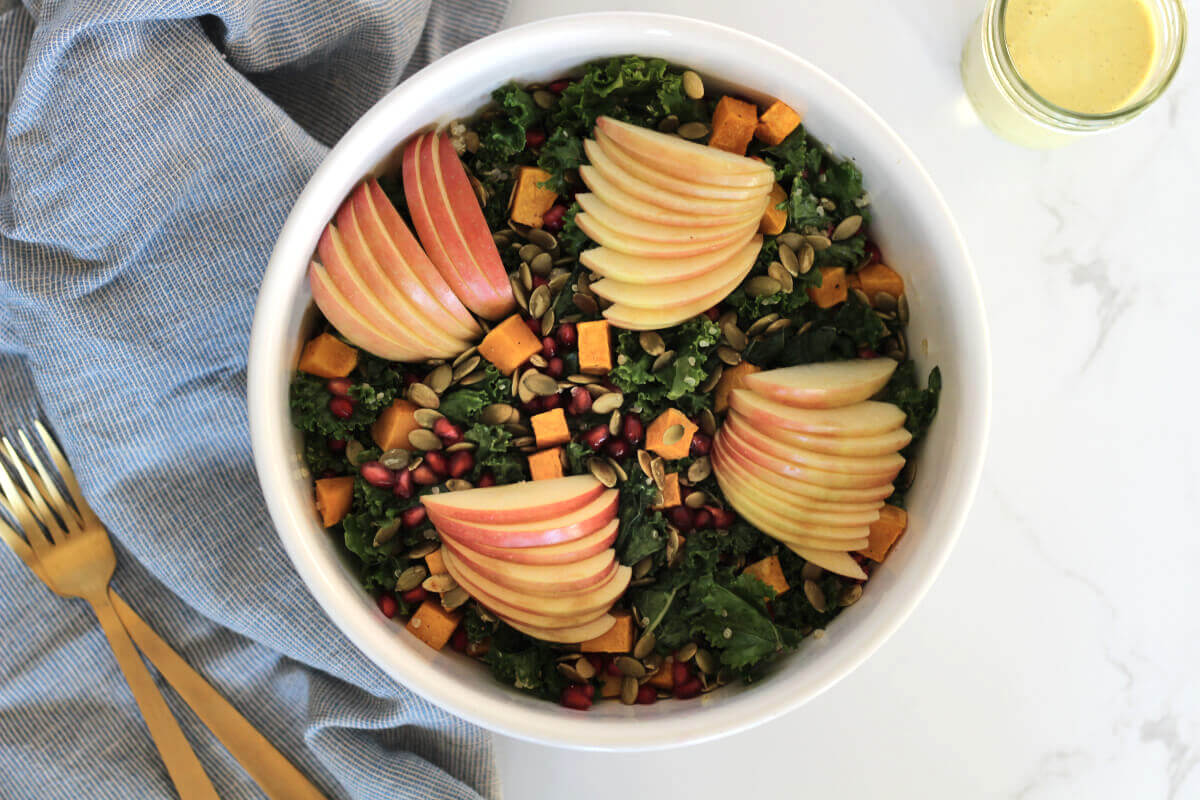
Kabocha squash, also known as the Japanese pumpkin, is a beautiful squash that comes into its prime during fall and winter months. It has a similar texture and taste to butternut squash but is lower in calories and carbohydrates. We love this buttery, comforting (and easy-to-digest) dish especially in the colder months.
What Is It About Kabocha?
As you could guess from its bright orange hue, kabocha squash is high in beta-carotene. Beta-carotene gets converted into vitamin A by the body, an important antioxidant. Studies show that beta-carotene may help boost brain health, and slow down cognitive decline as we age. In studies, long-term use of beta-carotene as a supplement in the body helps prevent oxidative damage to brain cells. A single cup of kabocha squash provides almost the daily required amount of vitamin A.
Kabocha squash has also been linked to a decreased risk of heart disease, improved eye health, and skin health. It is high in iron, magnesium, and B vitamins. We love that you can eat the peel of kabocha squash. It softens as you roast it, so you’ll barely notice the texture. Much of the antioxidants and fiber lives in the skin of the squash so, in addition to decreasing prep time, you’ll increase the overall nutrition of the dish.
Keeping It Low-Glycemic for Whole Body Wellness
Kabocha squash pairs beautifully with just a dash of maple syrup (or coconut palm nectar, if you’re cleansing) and sea salt. It is the perfect side dish for a regular weeknight dinner or the perfect touch on top of your favorite salad. It’s great to include in many macrobiotic-friendly dishes. Both coconut palm nectar and maple syrup are lower on the glycemic index than traditional, processed sugar.
The glycemic index represents the rate at which food causes blood sugar to rise. This is important because when our blood sugar rises too rapidly, or we over consume simple carbohydrates, our body releases insulin. While the release of insulin is normal and necessary, when we release it too regularly (by eating processed sugar and low-quality carbohydrates too often) we risk developing insulin resistance, and more.
Ingredients:
1 large kabocha squash
2 tablespoons coconut palm syrup
2 tablespoons olive oil
Handful fresh thyme
Generous pinch of sea salt
Optional: sprinkle of cayenne
Directions:
Step 1: Preheat oven to 400 degrees. Cut kabocha squash in half. Scoop out seeds. Place each half flesh side down on a cutting board, then cut into 1/4 inch slices, so they form half moons (keeping the skin on is optional).
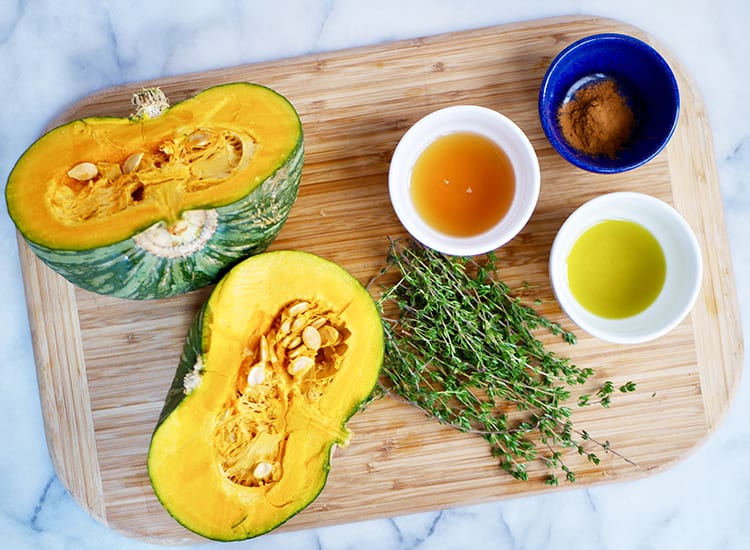
Step 2: Mix slices with all other ingredients and combine thoroughly. Spread out onto a cookie sheet, without overcrowding. Sprinkle thyme stems evenly over squash.

Step 3: Bake for 30-40 minutes, flipping squash halfway through, until golden brown and cooked through. Serve immediately.

Recipe and photography by Kaitlyn Noble
If you like this recipe, you might also like Dairy-Free Butternut Squash Lasagna Recipe
